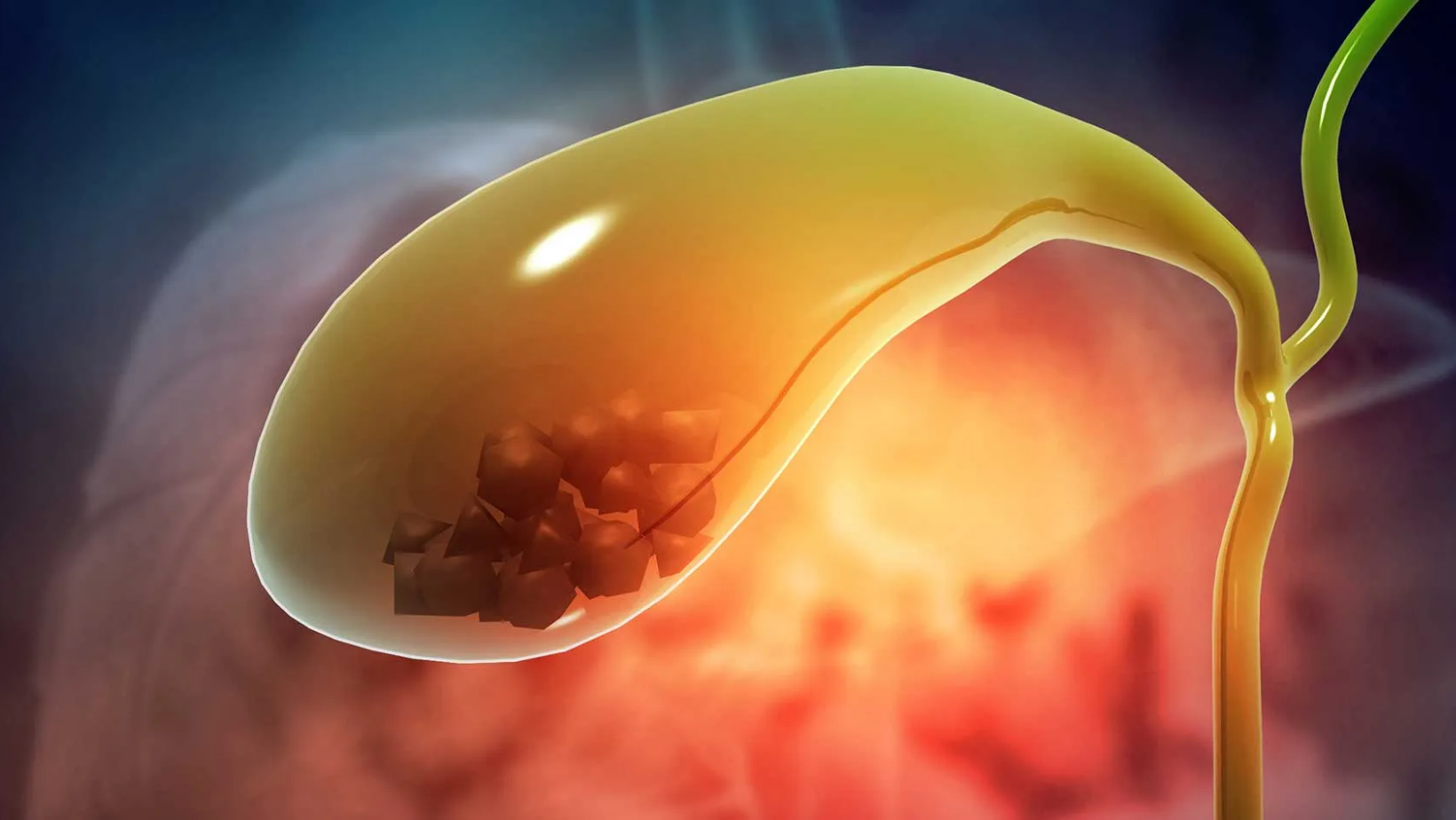Category
Gallstones, small and solid particles that form in the gallbladder, can cause significant discomfort and health issues.

Have any questions?
If you have any questions, feel free to contact us at [email protected]. A member of our support team will help you shortly.
Share this blog
Fatigue
Energy
Stress
Sleep
Gallstones, small and solid particles that form in the gallbladder, can cause significant discomfort and health issues. Understanding the symptoms, diagnosis, and treatment approaches is crucial for managing this condition effectively.
Gallstones often develop silently without causing any noticeable symptoms. However, various symptoms can arise when they obstruct the normal flow of bile. The most common signs of gallstones include:
To diagnose gallstones, healthcare professionals utilize various imaging tests and examinations. These include:
The treatment of gallstones depends on the severity of symptoms and complications. Common approaches include:
While certain risk factors for gallstones, such as age and genetics, are beyond one's control, adopting a healthy lifestyle can contribute to prevention. Strategies include:
Gallstones can cause considerable discomfort and pose potential health risks if left untreated. Recognizing the symptoms, seeking timely diagnosis, and exploring appropriate treatment options are essential in managing this condition. Whether through watchful waiting, medication, or surgical intervention, healthcare professionals can guide individuals toward effective solutions based on their unique circumstances. Adhering to preventive strategies, such as maintaining a healthy weight and adopting a balanced diet, can further reduce the risk of gallstone formation, promoting overall digestive health.